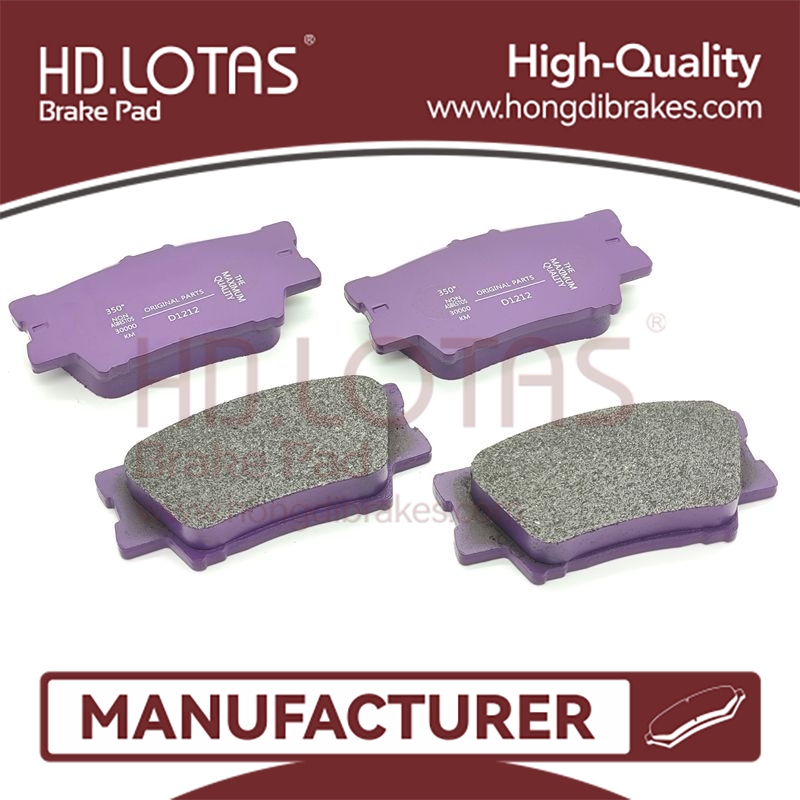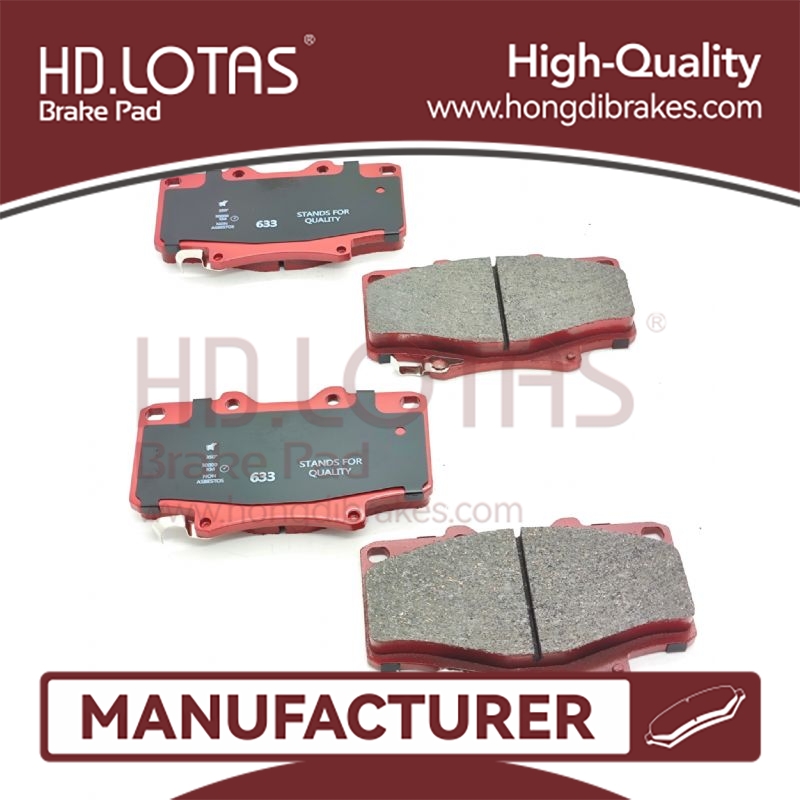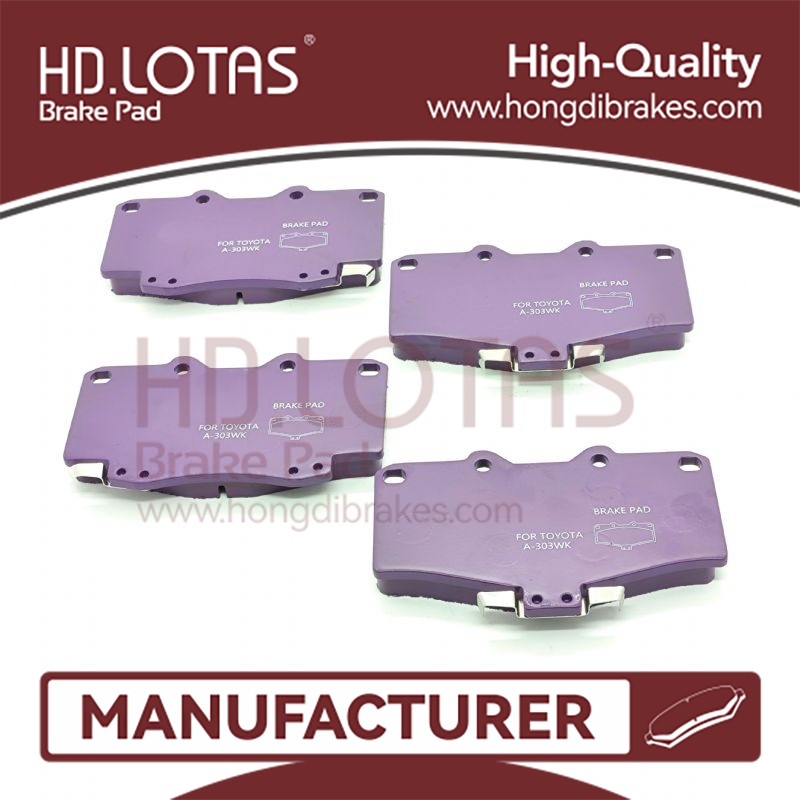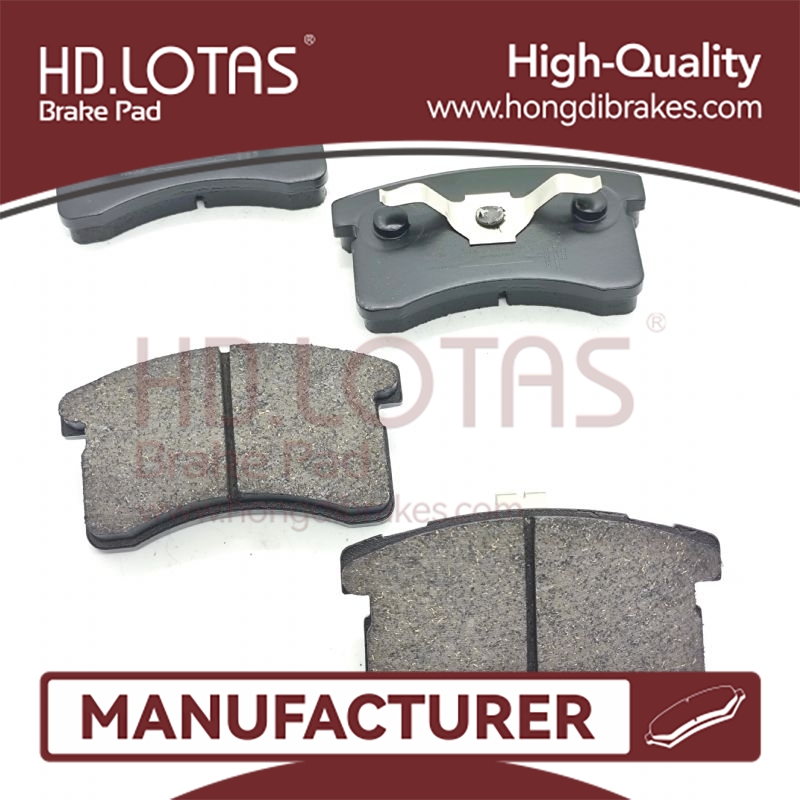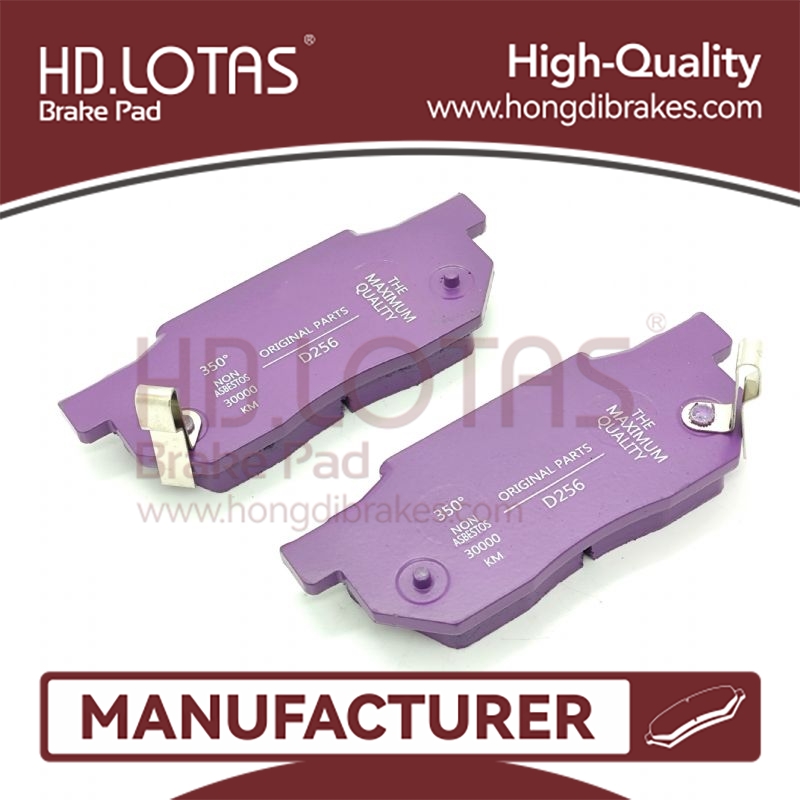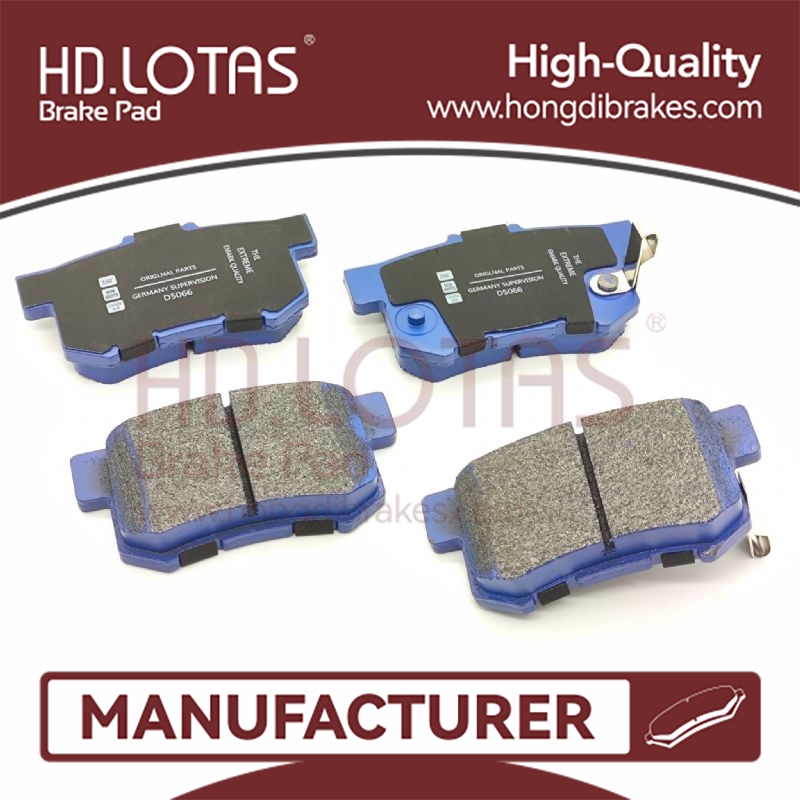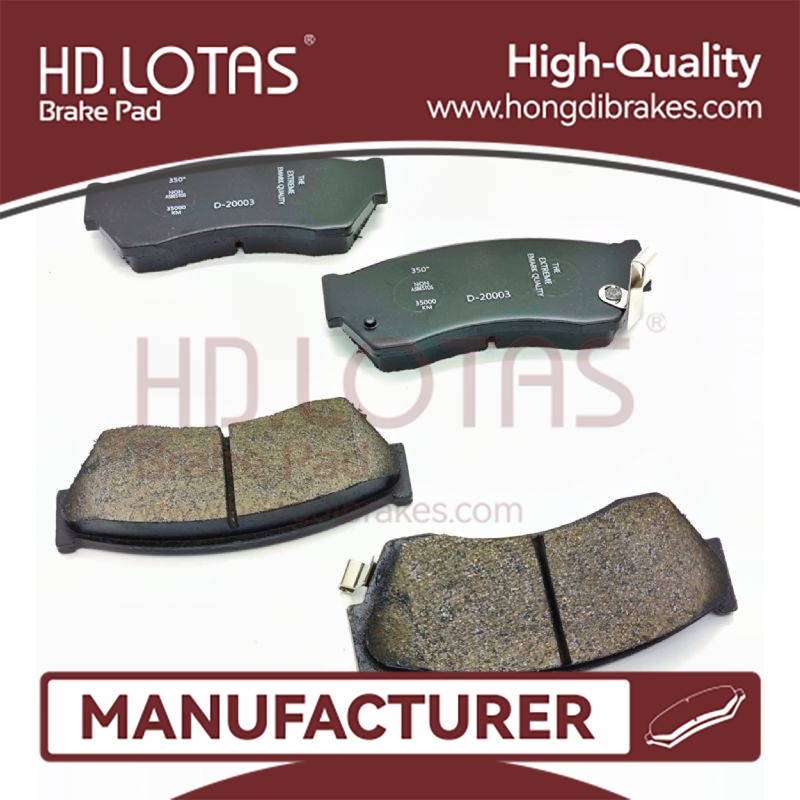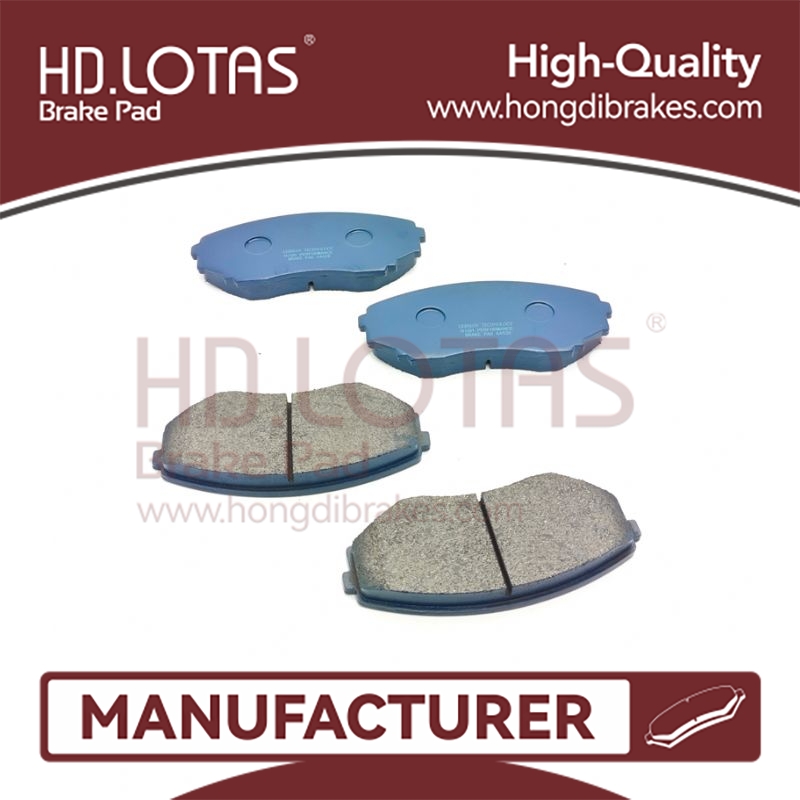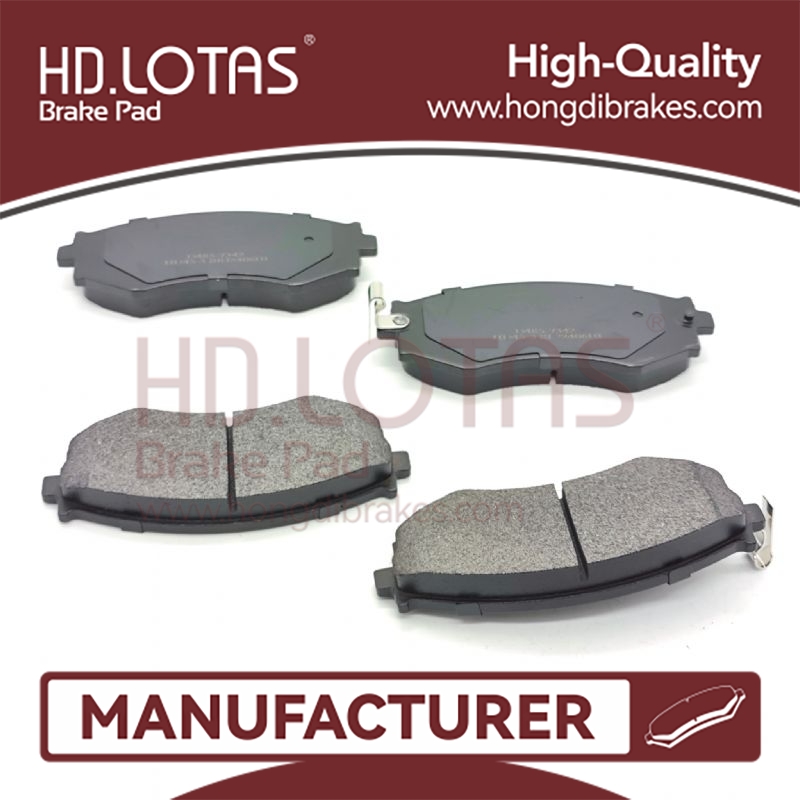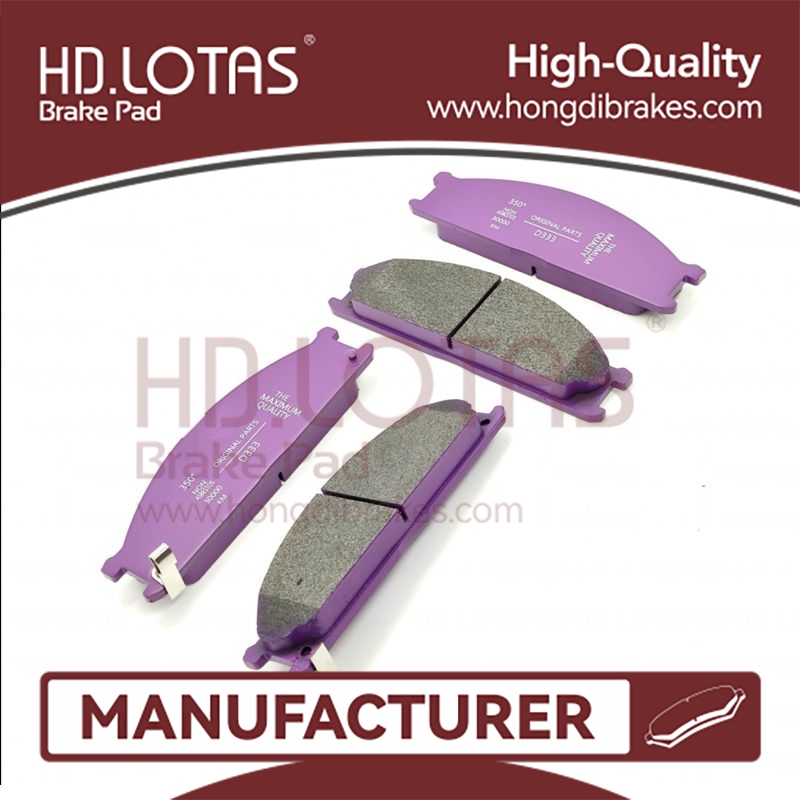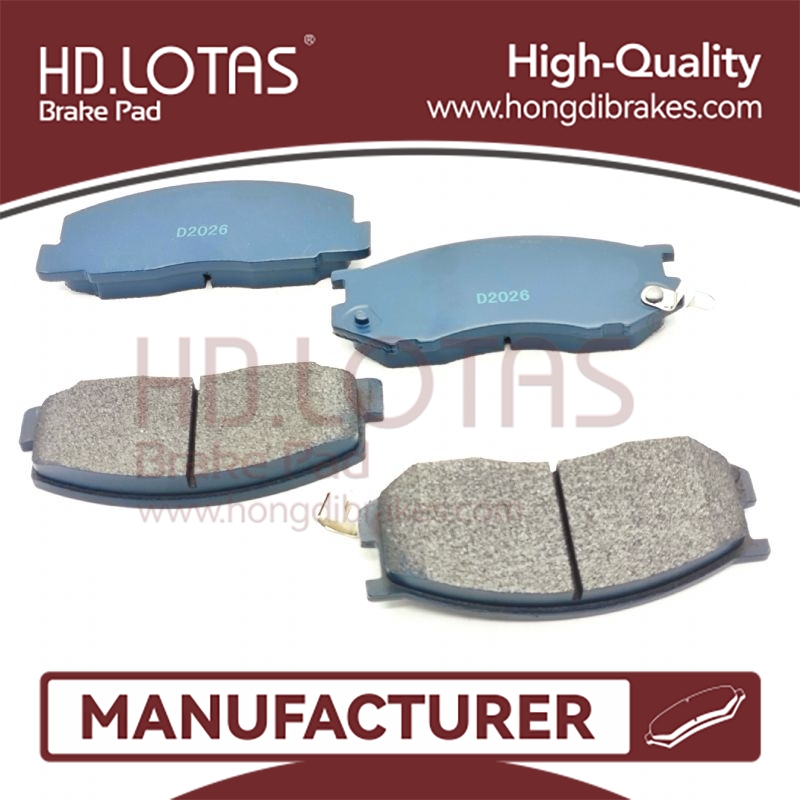Powder metallurgy friction material
Also known as sintered friction material, it is made by mixing and molding iron-based and copper based powder materials, and sintering them at high temperatures. Suitable for braking and transmission conditions at higher temperatures. For example, braking and transmission of aircraft, heavy-duty trucks, and heavy construction machinery. Advantages: Long service life; Disadvantages: High product price, loud braking noise, heavy and brittle, and high dual wear.
The working principle of car brake pads
The working principle of brakes mainly comes from friction. By using the friction between brake pads and brake discs (drums), as well as the friction between tires and the ground, the kinetic energy of the vehicle's movement is converted into frictional heat energy to stop the vehicle. A good and efficient braking system must be able to provide stable, sufficient, and controllable braking force, and have good hydraulic transmission and heat dissipation capabilities to ensure that the force applied by the driver from the brake pedal can be fully and effectively transmitted to the master cylinder and each sub cylinder, and to avoid hydraulic failure and brake degradation caused by high heat. The brake system on a car can be divided into two categories: disc and drum, but apart from cost advantages, drum brakes are far less efficient than disc brakes.

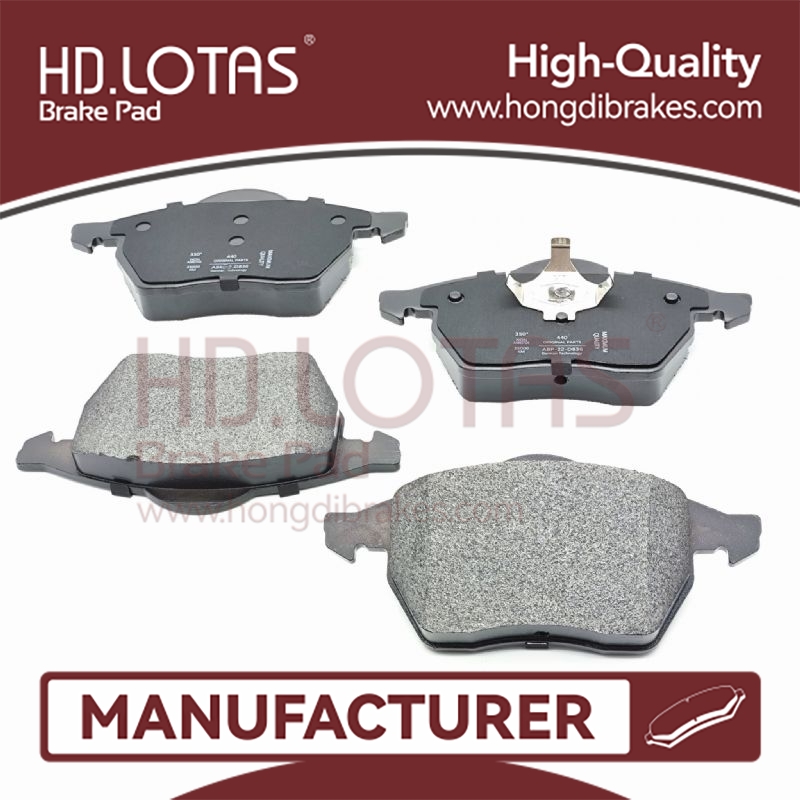
.jpg)
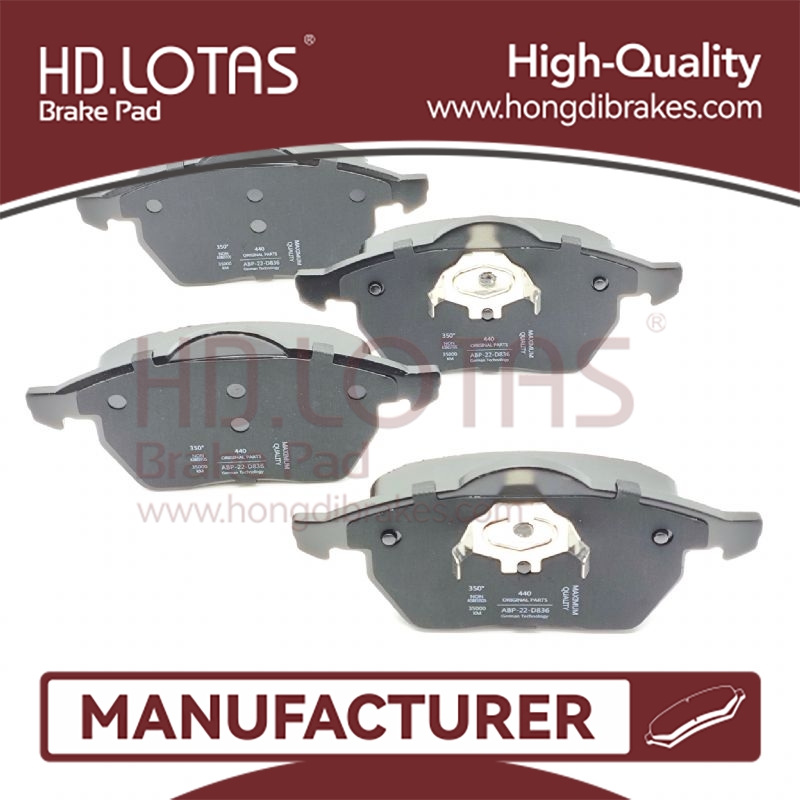





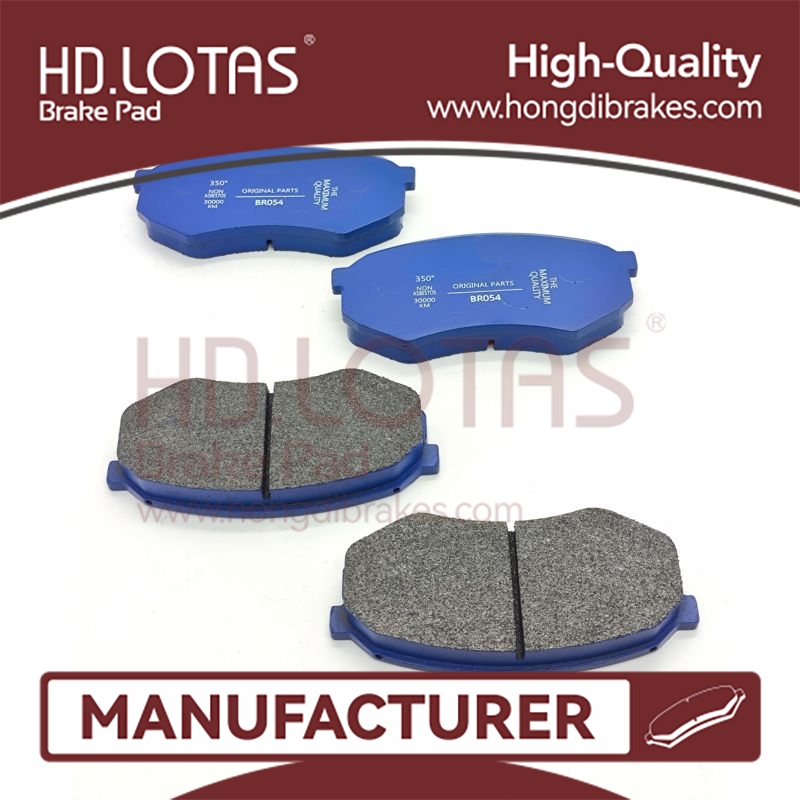
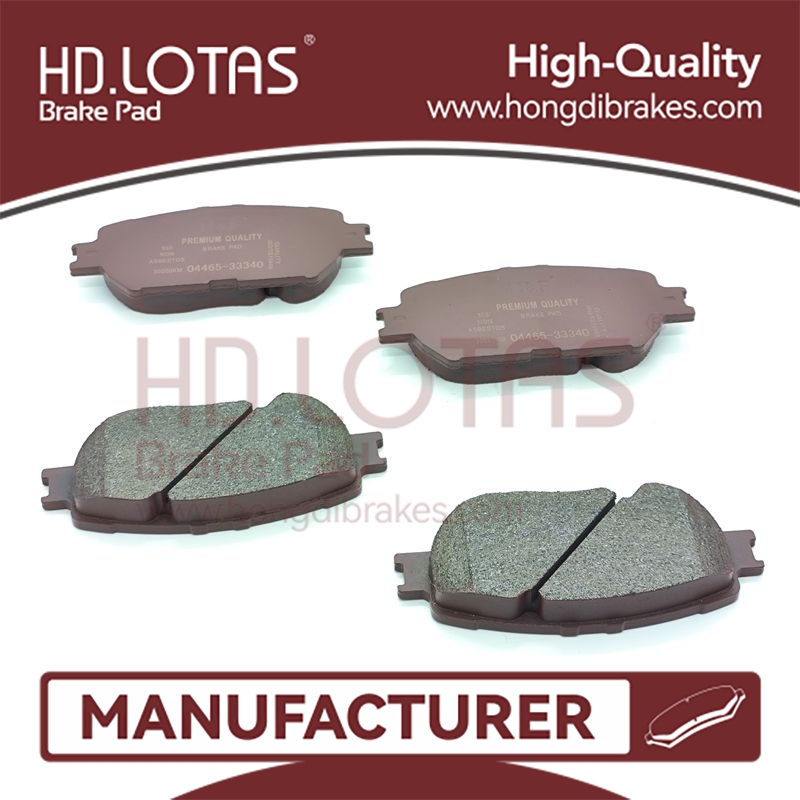
.jpg)

